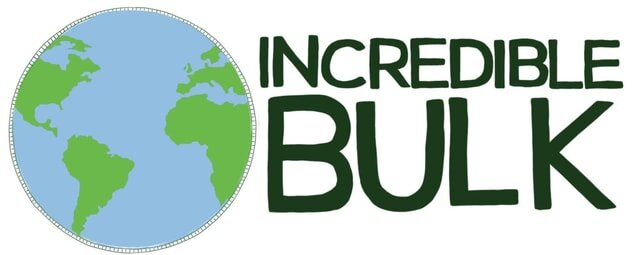Why package free?
/As you may have seen in the news, TV and social media, levels of plastic waste polluting both land and sea has now become a critical environmental issue. The National Geographic has recently published its June 2018 Plastics issue with some startling facts and figures on plastics which highlight exactly why we want to start offering everyday products package free to the people of Cornwall.
Below are our highlights (or lowlights really) from the issue:
Single-use, disposable packaging, accounted for over a third of the 448 million tons of plastic produced in 2015, making it the largest market for plastic production.
Plastic packaging now accounts for nearly half of all plastic waste generated globally with most of it not getting recycled or incinerated.
Scientists writing in Nature magazine back in 2013 declared that disposable plastic should be classified as a hazardous material.
The growth of plastic production has outgrown our current waste management abilities, which is why our environment is overflowing with plastic pollution.
Globally roughly 8.8 million tons of plastic waste ends up in our oceans annually.
Microplastics have been found everywhere in the ocean that people have looked, from sediments on the deepest seafloor to ice floating in the Arctic. With nearly 700 species, including endangered ones, affected by ocean plastics.
We don't know how long it takes for plastics to biodegrade: estimates range from 450 years to never.
There's no denying that these are some scary statistics and its hard to get your head around how we let it get this bad, but the good news is that this is something we can affect. As consumers we have great power; if we all spend wisely and think about what we are buying and avoid single-use plastic packaging where we can then we can make a difference to plastic waste. We don't think plastic is the enemy but our disposable attitude to it is not sustainable, which is why we are looking to offer an alternative way to shop, one that will help reduce the amount of disposable plastic packaging needed.
*Statistics and facts from National Geographic June 2018, Plastic by Laura Parker p40-69

